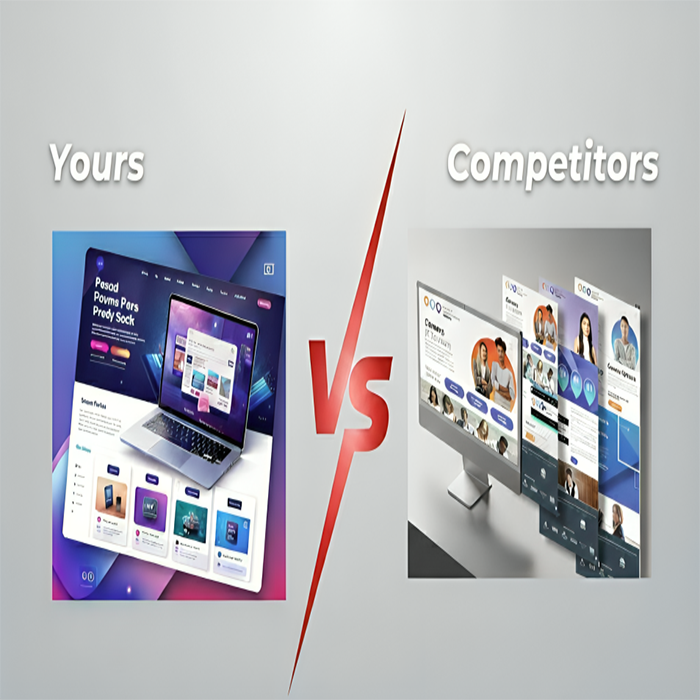
A website today goes beyond being a storefront; visitors form trust in your brand in moments. That’s why Competitor Analysis for Brand UI/UX and strong design are not optional. They’re the foundation for staying relevant, attracting attention, and converting visitors into loyal customers.
Exploring how competitors shape their digital experiences reveals what works, what fails, and where your brand can step ahead. In the next sections, you’ll see why research matters, how it influences design, and the ways small and large businesses can act on these insights.
Table of Contents
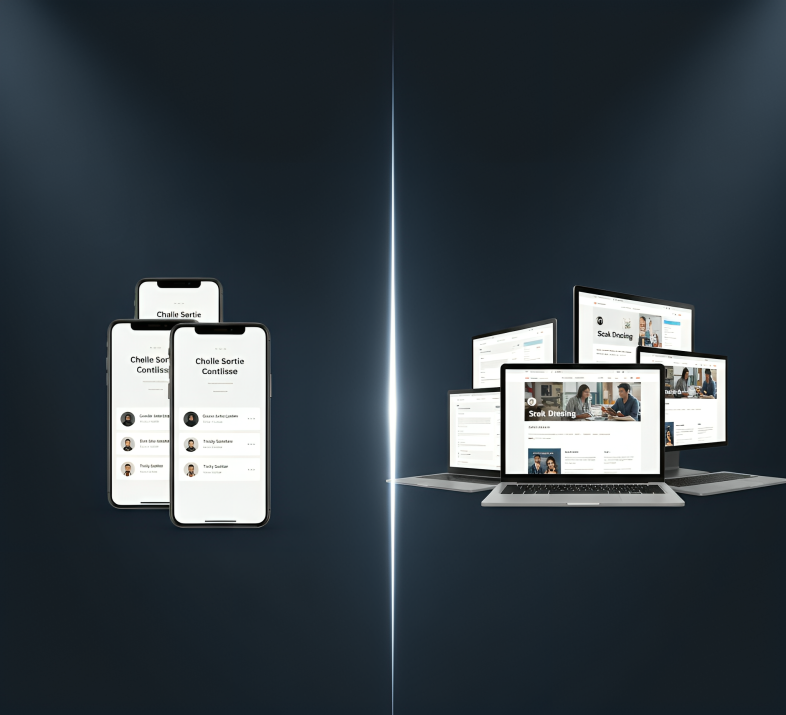
Competitive intelligence in business has shifted from a luxury to a necessity. According to Crayon research, sellers encounter competitors in 68% of deals, but most companies fail to win those engagements. Hence, competitor analysis helps brands:
Identify gaps in user experience
Spot UI/UX design trends for brands
Avoid investing in features that don’t convert
When 90% of Fortune 500 companies use competitive intelligence, it proves this isn’t a theory but it’s survival. For competitor analysis for small businesses, it’s the smartest way to stretch budgets while learning from leaders.
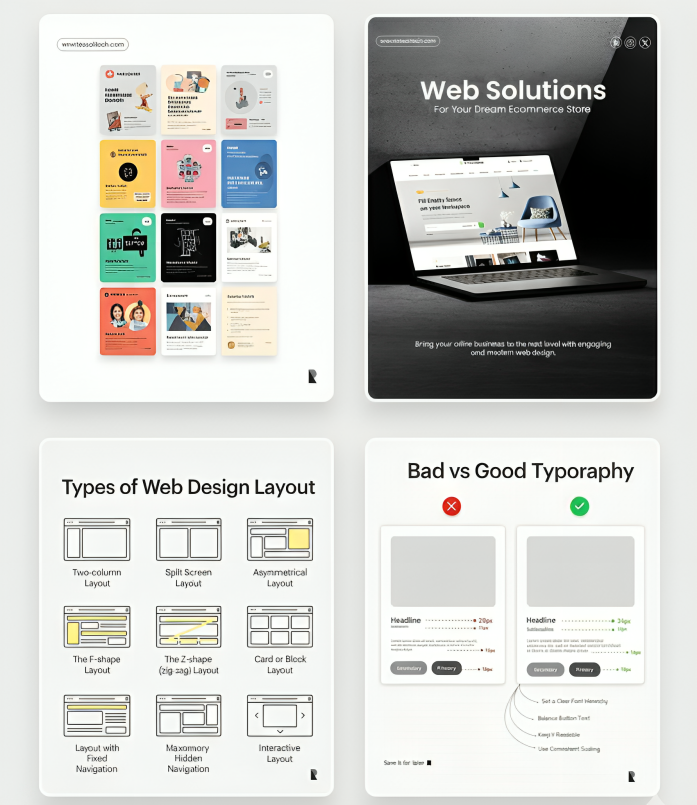
Competitor analysis doesn’t always ask for copying and following each applied trend blindly. By reviewing navigation flows and visual styles, you simply learn where they succeed and where they fail. As the impact involves:
A smoother checkout process
Faster page speed
More engaging visuals based on UI/UX design trends for brands
Every insight translates into design choices that work. The competitive intelligence industry is projected to hit $16.8B by 2030, showing how much weight digital growth through competitor insights carries.
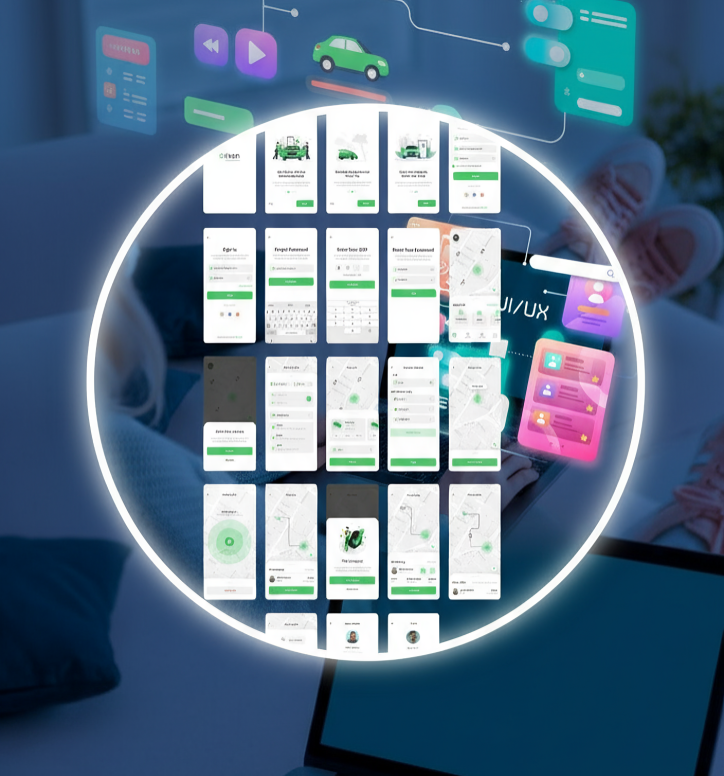
A website with beauty but poor usability cannot last. Therefore, Great UI/UX design builds trust quickly, especially for small businesses competing with big players.
Clear calls to action
Mobile-first layouts
Accessibility for all
Think about this: 57% of users won’t recommend a business with a poor mobile design. Strong UI/UX helps improve customer experience through UI/UX, turning visitors into repeat customers.
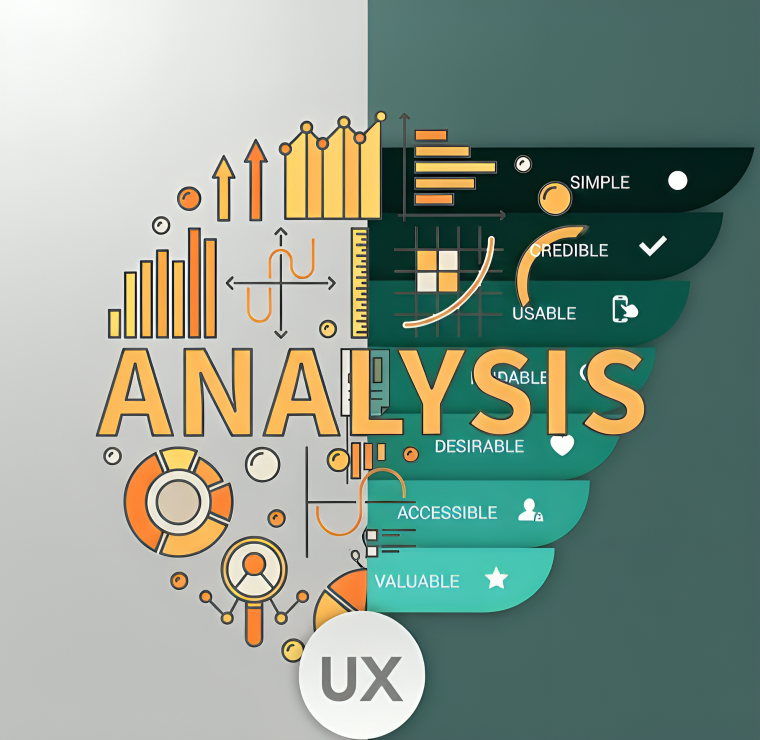
Doing analysis without action is wasted effort. The real advantage comes when insights are applied directly to design.
For example:
If rivals bury contact forms, place yours up front
If their loading times drag, optimize speed
If their visuals feel generic, customize your identity
This creates designs that outperform the competition. Like for competitor analysis for small businesses and enterprise-level UI/UX strategy.

Smaller brands can pivot faster, applying digital growth through competitor insights before larger enterprises. Quick changes in layout, speed, or messaging can steal market share from slower-moving competitors.
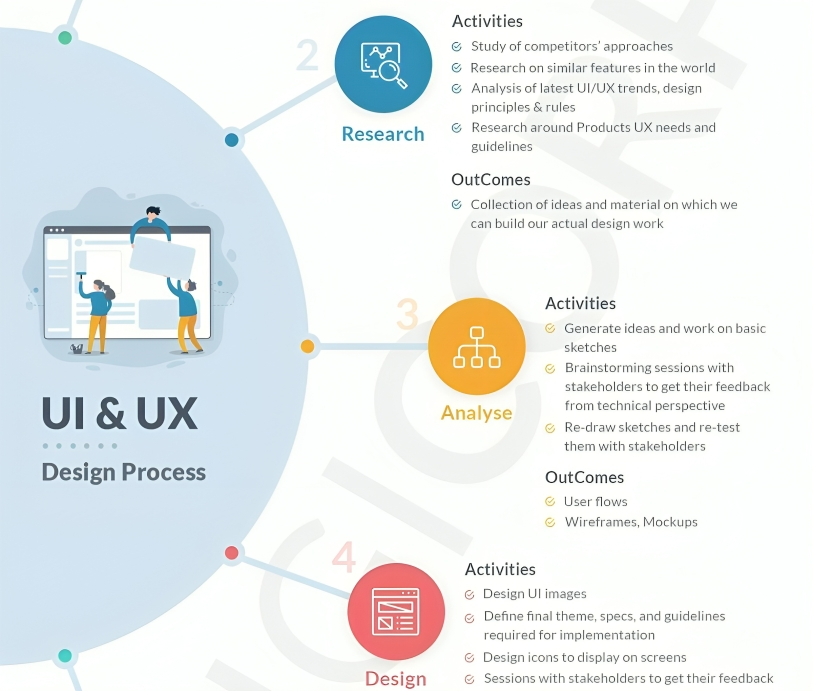
When organizations grow, scaling design requires systems, not passing trends. Enterprise-level UI/UX strategy uses competitor insights to refine complex platforms, improve workflows, and create consistent experiences across touchpoints.
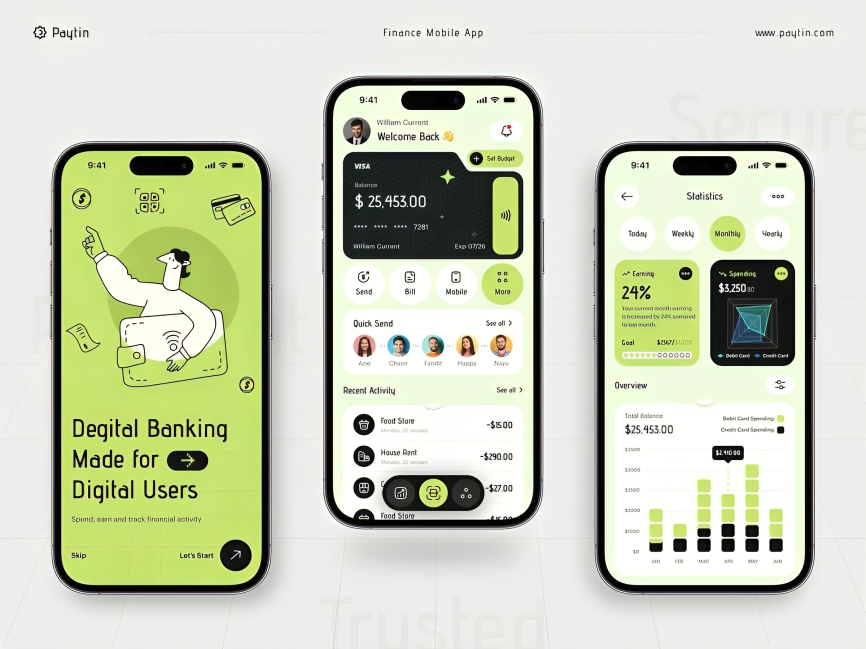
Global banks like JPMorgan Chase analyze competitors’ mobile apps to refine their own digital platforms. They focus on simplifying complex financial workflows, such as loan applications and investment dashboards, so customers don’t get lost in long processes. This kind of competitor-driven refinement helps them maintain trust and loyalty across millions of users.
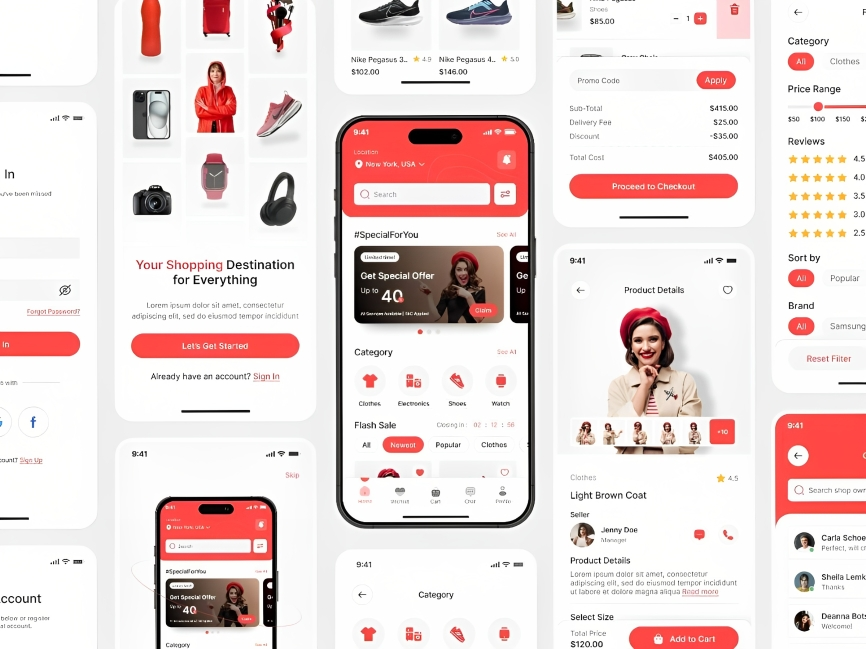
Enterprises like Walmart benchmark their checkout experience against Amazon and other retail leaders. By studying navigation flows, delivery promises, and payment options, they streamline their own systems. The result: faster checkouts, improved consistency across website and app, and higher customer retention.

Competing online requires more than visibility; experience defines the winner. The importance of competitor research tells you where the gaps are. UI/UX design converts user pain points into valuable opportunities. Together, they give your brand the advantage to stay ahead in 2026.
Strong brands are built on data, not assumptions. If you’re planning to refine your digital presence with an expert Brand UI/UX handling agency, let’s talk. We help you follow competitor analysis for the brand to improve customer experience through UI/UX and drive digital growth through competitor insights.
It’s the process of reviewing competitor websites and user flows to spot weaknesses and opportunities that you can outperform.
At least once every 6–12 months or whenever launching a new product, to stay aligned with market changes.
Yes. Small brands can pivot faster, adopt modern designs quickly, and respond directly to customer feedback.
Platforms like SimilarWeb, Hotjar, and Google Analytics provide insights into competitor performance and user behavior.
Absolutely. Better design reduces bounce rates, increases conversions, and strengthens customer trust, all directly linked to revenue growth.
It highlights what’s working in your industry and what frustrates users elsewhere. This way, you design smarter features and avoid costly mistakes.
Start by evaluating navigation flow, loading speed, and design clarity. Benchmarking these factors against rivals gives measurable insights for improvement.
It provides data-backed clarity on what customers respond to. Instead of guessing, brands can shape designs that match proven user behaviors.